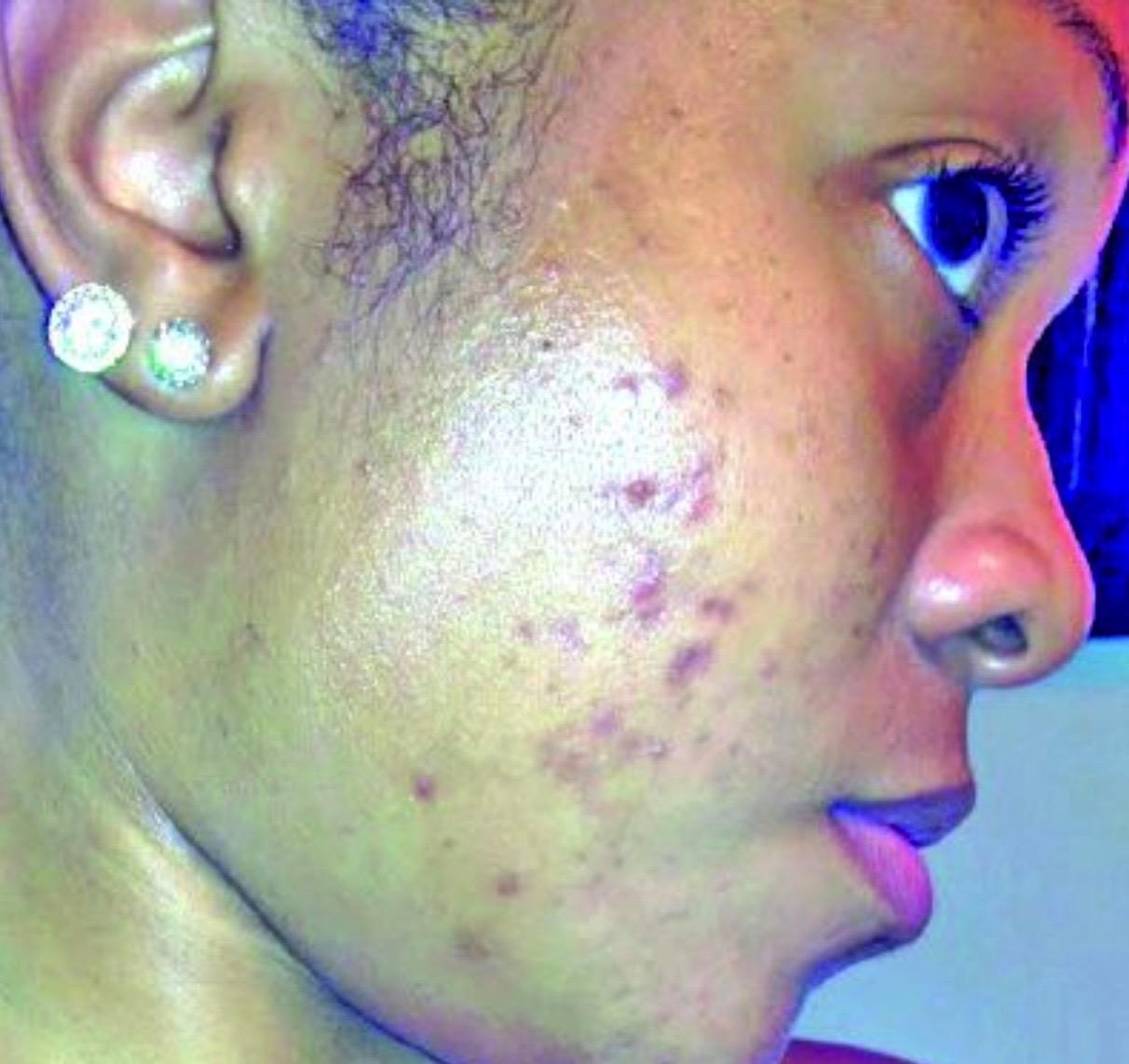Cross-sectional study of quality of life impairment of adult female acne patients

Accepted: 10 June 2021
All claims expressed in this article are solely those of the authors and do not necessarily represent those of their affiliated organizations, or those of the publisher, the editors and the reviewers. Any product that may be evaluated in this article or claim that may be made by its manufacturer is not guaranteed or endorsed by the publisher.
Authors
The effect of acne vulgaris on the quality of life of adult females is not readily documented nor the factors that impair quality of life in these adult females. The aim of this study was to document quality of life impairment and the factors that affect this quality of life in adult female acne patients. The study was a prospective cross sectional study of 56 adult female acne patients aged 25 years and above. Socio-demographic data, clinical examination were documented with a study proforma. Quality of life was assessed using Cardiff Acne Disability Index (CADI). Data was analysed using SPSS version 22. Mean of independent groups were compared using Students ‘t’ test while Chi squared test was used to compare categorical variables. For all statistical tests, P value <0.05 was adjudged to be significant. The mean age of the participants was 33.4± 8.2 and mean CADI was 6.6±3.8, minimum CADI was 2 and maximum was 15. Quality of life impairment was mild, moderate and severe in 35.7%, 37.5% and 26.8% respectively. The items affected in the CADI index were questions about “Perception of how bad pimples were,” “Feelings about appearance of skin,” and “Aggression, frustration and embarrassment.” Factors associated with quality of life impairment were age, post inflammatory hyperpigmentation, presence of scarring. Quality of life is impaired by acne in adult females. This impairment is made worse by age, presence of scarring and post-inflammatory hyperpigmentation and not marital status, level of education and a family history of acne.
How to Cite
PAGEPress has chosen to apply the Creative Commons Attribution NonCommercial 4.0 International License (CC BY-NC 4.0) to all manuscripts to be published.

 https://doi.org/10.4081/acbr.2021.135
https://doi.org/10.4081/acbr.2021.135



